Planning a large-scale bulk lavalier mic order can be a game-changer for your business or brand—but only if you...
MOQ, Lead Time, and Production Capacity for OEM Wireless Lavalier Mics
Introduction: Navigating OEM Wireless Mic Orders
When developing or sourcing wireless microphones at scale, it's critical to understand three essential factors: OEM MOQ wireless mic requirements, factory production capacity, and lead times for a bulk order lavalier. These manufacturing benchmarks determine how efficiently and affordably a wireless mic project can be delivered to market.
Whether you're launching a branded microphone line, fulfilling distribution orders, or scaling up an audio product business, aligning these production metrics with your launch strategy ensures long-term success and operational clarity.
Understanding OEM MOQ for Wireless Lavalier Mics
Minimum Order Quantity (MOQ) refers to the smallest number of units a manufacturer is willing to produce. For OEM MOQ wireless mic projects, MOQ directly affects cost, customization options, and production scheduling.
Manufacturers typically establish MOQ to:
Justify setup and tooling costs
Achieve material sourcing efficiency
Ensure stable supply chain operations
Understanding MOQ is the first step toward accurately budgeting and planning your custom microphone product.
MOQ Tiers by Product Customization
Different levels of product customization come with different MOQ expectations. Below is a general guide:
Customization Level | MOQ Range |
Standard product with logo print | 100 – 200 units |
Custom color or packaging | 300 – 500 units |
Partial redesign (e.g., new casing) | 800 – 1500 units |
Full custom product (mic + circuit) | 2000+ units |
Smaller brands can begin with light customizations and scale up as demand grows, while larger operations may benefit from a complete OEM solution right from the start.
Factors That Influence OEM MOQ Wireless Mic Requirements
Several variables can raise or lower the MOQ threshold:
1-Tooling and Mold Costs: New plastic or metal housing designs require custom tooling.
2-Material Sourcing: Unique finishes, components, or packaging may involve bulk purchasing.
3-Product Complexity: Mics with built-in noise suppression, digital displays, or app integration require more technical parts.
4-Certifications: Products intended for multiple global markets (e.g., CE, FCC, RoHS) may need region-specific production batches.
Working closely with a trusted OEM partner allows you to tailor solutions without exceeding your budget or capabilities.
Lead Time Explained: From Sample to Mass Production
Lead time refers to the total duration from the initial order to the final shipment. It includes every phase of production, and for OEM microphone systems, the process typically involves:
1-Initial Design & Quotation
2-Sample & Prototype Development
3-Tooling or Material Sourcing
4-Mass Production
5-Quality Control & Testing
6-Packaging & Shipping
A typical lead time ranges from 30 to 60 days, depending on the level of customization, factory workload, and shipping method.
Standard Lead Times for OEM Lavalier Mics
Order Type | Typical Lead Time |
Samples and Prototypes | 7 – 14 days |
Branded Product with Stock Design | 20 – 30 days |
Semi-Custom (color, accessories) | 30 – 40 days |
Fully Customized Wireless Mic System | 45 – 60+ days |
Shorter lead times are possible for repeat orders or when using pre-approved materials.
Strategies to Reduce Lead Time
Reducing lead time helps accelerate product launches. Here are best practices:
1-Finalize artwork, logos, and packaging early
2-Approve samples promptly to avoid production delays
3-Choose in-stock or standard materials when possible
4-Bundle certification and testing steps in the schedule
5-Communicate clearly with your OEM partner to prevent missteps
Advance planning is key to reducing turnaround times without compromising quality.
Overview of Factory Production Capacity
Factory production capacity refers to how many units a manufacturer can produce within a specific timeframe—daily, weekly, or monthly. This metric helps align client expectations with production reality.
Several factors influence production capacity:
Number of assembly lines
Availability of skilled labor
Use of automation and SMT (Surface Mount Technology)
Efficiency of quality control processes
Understanding this ensures that your bulk order lavalier expectations are realistic and aligned with factory timelines.
Daily, Weekly, and Monthly Output Metrics
F
Factory Scale | Daily Output | Monthly Output |
Small-Scale OEM Shop | 500 – 1000 units | 10,000 – 20,000 |
Mid-Size OEM Factory | 2000 – 5000 units | 40,000 – 100,000 |
Large-Scale Production | 8000+ units | 150,000 – 300,000+ |
The actual output varies depending on mic model complexity, part availability, and seasonal fluctuations.
What Affects Production Speed in a Mic Factory
Your order’s timeline may shift due to:
Component Lead Time: Chips, batteries, and microphones can delay the build if not sourced in time.
Labor Availability: Skilled labor shortages or national holidays may affect production capacity.
Equipment Downtime: Machine calibration and maintenance can slow output.
Peak Season Congestion: Factories are typically busiest between August and December.
Knowing these factors allows you to plan around bottlenecks and avoid unexpected delays.
Production Planning for Bulk Order Lavalier Projects
For customers placing a bulk order lavalier, it’s important to coordinate production early with your OEM partner. The planning process typically includes:
Sharing a sales forecast or expected order volume
Reserving factory slots in advance
Discussing backup suppliers or material alternatives
Outlining packaging, labeling, and logistics requirements
This collaborative approach ensures your products are delivered on time, at scale, and with consistent quality.
Case Study: Fulfilling a 10K Unit Bulk Order Lavalier
A fast-growing e-commerce audio brand recently partnered with our OEM team for a bulk order lavalier project aimed at the mid-range creator market.
Project Goals:
Custom matte finish on mic and transmitter
Dual-channel receiver with 2.4GHz transmission
Private-label packaging for global resale
Execution:
Design finalized within 10 business days
Prototypes delivered in 7 days
Mass production run completed in 18 business days
Total lead time including shipping: 42 days
By pre-approving materials and confirming all branding files early, the client launched on schedule across five global marketplaces.
Managing Quality in High-Volume Production
Maintaining quality at scale is one of the biggest challenges in OEM manufacturing. To ensure consistency, reputable factories implement:
Incoming material inspections
Inline QC checks during assembly
Full functional testing of wireless transmission
Randomized batch testing
Final packaging audits
Clear quality expectations and tolerance standards should be established early in the OEM process.
Logistics and Shipping Timelines Post-Production
Shipping timelines depend on location, shipping method, and customs clearance procedures.
Shipping Method | Estimated Time |
Air Freight | 5 – 10 days |
Sea Freight | 25 – 40 days |
Express Courier (DHL, FedEx) | 3 – 7 days |
OEM partners can also coordinate with third-party logistics (3PL) firms or assist with fulfillment center delivery.
Frequently Asked Questions (FAQs)
1. What is the standard OEM MOQ for wireless lavalier microphones?
It usually starts at 200 units for logo printing and 500+ for semi-custom models.
2. How long does it take to develop a fully customized wireless mic system?
Lead time for full customization is typically 45 to 60 days, including design, sampling, and production.
3. Can I order a smaller batch for testing before mass production?
Yes, sample runs of 5 to 20 units are usually offered before committing to the full MOQ.
4. What’s the average production capacity of a wireless mic factory?
Depending on scale, a factory can produce between 10,000 and 250,000 units per month.
5. How can I reduce lead time for my bulk mic order?
Approve designs early, use standard components, and reserve production slots ahead of time.
6. Do OEM factories handle shipping and customs clearance?
Most do. Full-service OEMs offer assistance with international shipping, documentation, and import support.
Conclusion
A successful wireless microphone product starts with careful planning around OEM MOQ wireless mic requirements, realistic lead times, and understanding your partner’s factory production capacity. When aligned properly, these elements help streamline operations, reduce delays, and ensure your bulk order lavalier project runs smoothly from concept to delivery.
Partnering with a capable and transparent OEM factory ensures consistent output, competitive pricing, and on-time launches—especially in today’s fast-moving audio market.
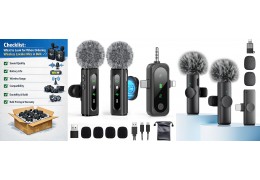
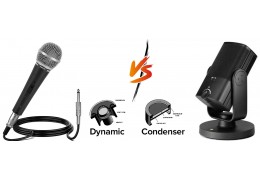




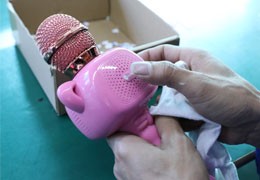



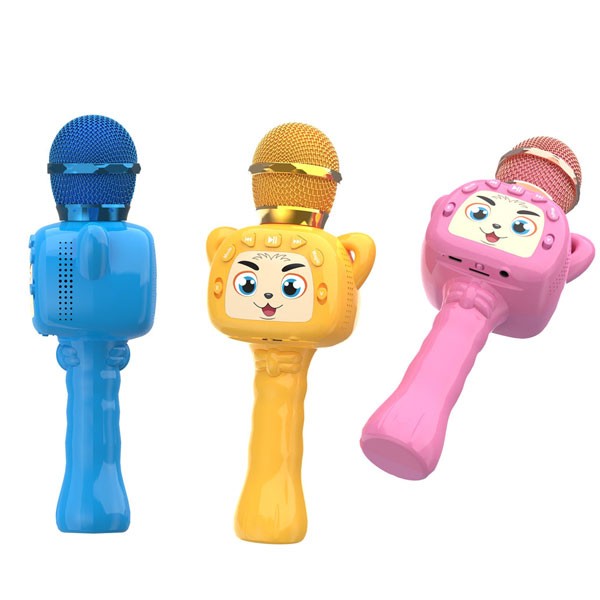
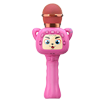


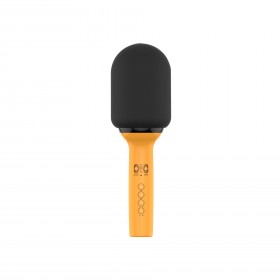



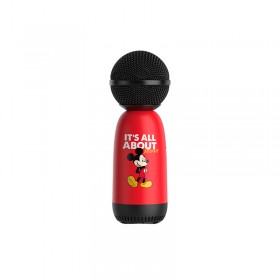
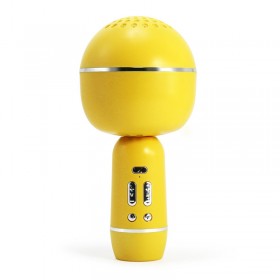
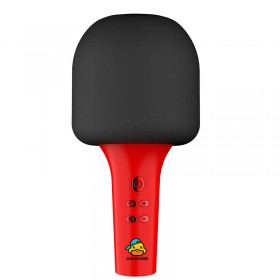
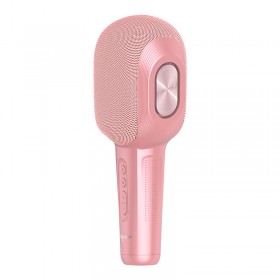

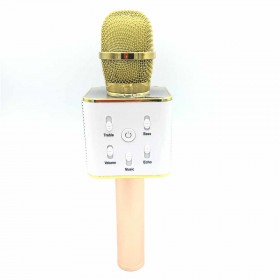
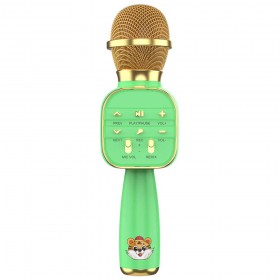
Latest comments